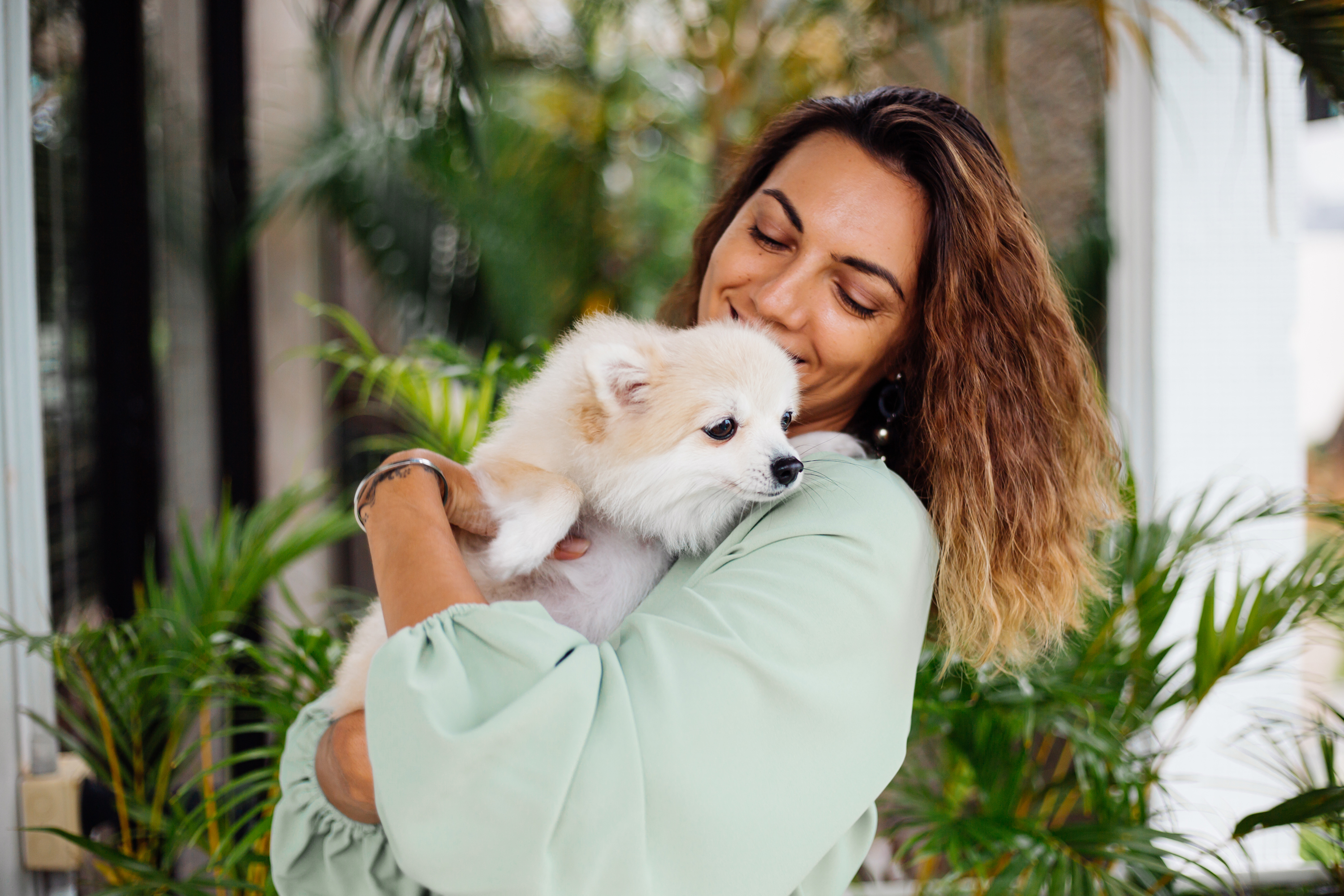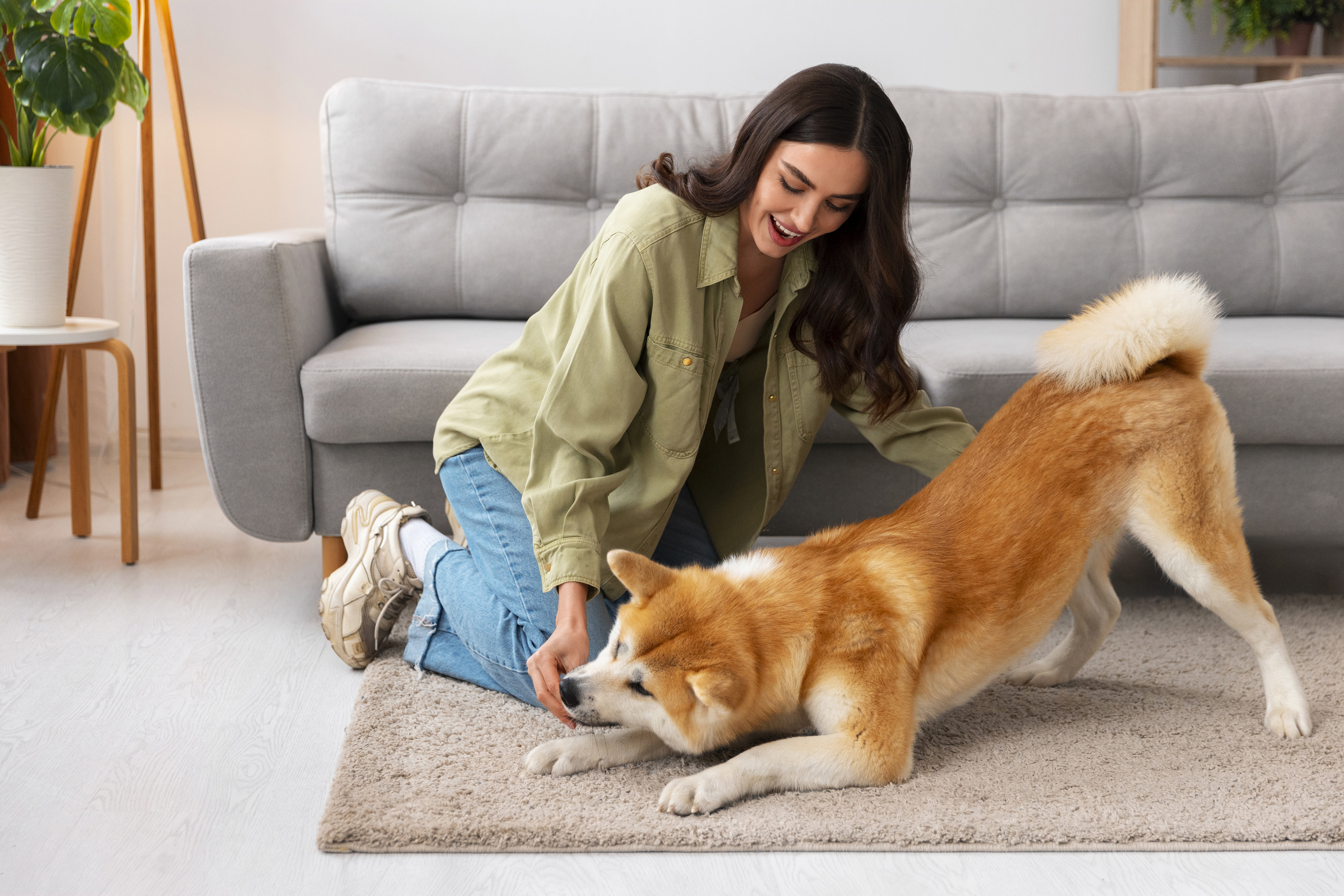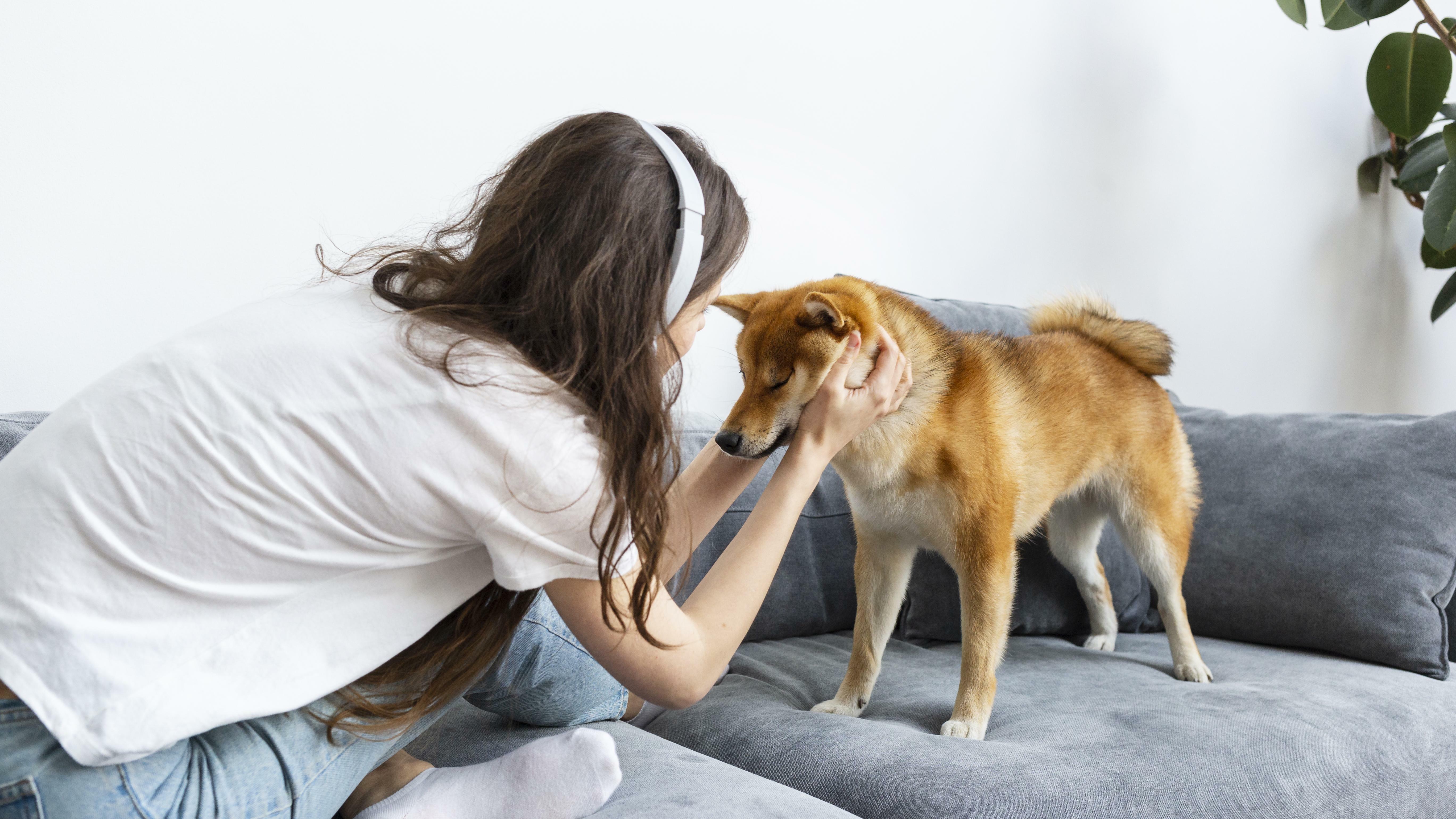Bringing home a puppy is a wonderful and enjoyable experience. During his first year, your new furry friend will grow and learn a lot, and you will support him at every opportunity. Every month, This article will guide you through the first twelve months, giving you tips and advice on what to expect and how to care for your new puppy. We'll cover everything from food and training to the importance of pet accessories like dog harnesses. let's get started!

Month 1: Welcome Home, Puppy!
Comfort and Safety: Your puppy needs a safe and comfortable place to sleep and play. Create a cozy bed and puppy-proof your home to keep them safe.
Feeding Time: Puppies need to eat three to four times a day. Choose a high-quality puppy food and follow a regular feeding schedule.
First Vet Visit: Schedule a vet appointment to check your puppy's health, start vaccinations, and ask any questions you might have.
Month 2: Socialization Starts
Socialization: Introduce your puppy to different people, pets, and places. Positive experiences help them grow into a well-mannered dog.
Basic Training: Start with simple commands like sit, stay, and come. Use treats and praise to reward good behaviour.
Pet Accessories: Invest in essential pet accessories like a comfortable dog harness. Harnesses are safer than collars for walking, especially for young puppies.

Month 3: Outdoor Adventures
Walks and playtime: Start taking your puppy on short walks. Use a dog harness to keep them safe. Gradually increase the length of the walks as your puppy gets stronger.
House Training: Be patient and consistent with home training. Reward your puppy for going to the bathroom outside.
Teething: Provide chew toys to help your puppy's gums and protect your belongings from their chewing.
Month 4: Building Good Habits
Training Classes: Consider puppy training classes. They are great for learning new skills and socializing with other dogs.
Routine: Establish a daily routine for feeding, walking, and playtime. Puppies need stability for successful development.
Safety First: Introduce other useful pet accessories like a reflective puppy collar for evening walks, ensuring your puppy is visible and safe.

Month 5: Gaining Independence
Exploration: Let your puppy explore new environments, But keep an eye on them at all times to avoid trouble.
Increased Exercise: Play, take long walks, and provide toys that challenge them mentally and physically.
Health Check: Check your puppy's health to make sure he is growing normally and is healthy. Talk about any concerns you have.
Month 6: Teenage Puppy
Behaviour: Like human teenagers, puppies at this age can also have aggressive behaviour. Be patient and consistent in training.
Spaying/Neutering: Talk to your veterinarian about spaying or neutering. This process has health benefits and may reduce unwanted behaviour.
Pet Accessories: Update your pup's pet accessories as he grows. Ensure their dog's harness still fits comfortably and consider upgrading to a larger size if necessary.

Month 7: Advanced Learning
Training: Continue with more advanced training commands and tricks. This keeps your puppy mentally stimulated and well-behaved.
Socialization: Maintain regular socialization. Organise playtime with other dogs and introduce your puppy to new experiences.
Health Monitoring: Keep an eye out for any signs of illness and have regular vet checks.
Month 8: Bonding Time
Bonding Time: Develop a close bond with your puppy by spending quality time with them. It improves your bond and helps in training.
Exercise: To help your puppy release energy and maintain good health, make sure they get lots of activities. Switch up activities to keep things interesting and engaging.
Pet Accessories: Find new pet accessories like interactive toys and puzzle feeders that challenge and entertain your pup's mind.

Month 9: Responsible Pet Parenting
Good Behaviour: Teach your puppy to play nicely with toys, not jump on people, and understand boundaries.
Routine Health Care: Maintain grooming, nail trimming and dental care. Regular maintenance keeps your pup looking and feeling his best.
Training Reinforcement: Reinforce training regularly to make sure your puppy remembers and follows the rules. Consistency is key.
Month 10: Preparing for Adulthood
Adult Food: Based on your veterinarian's recommendation, transition your puppy to adult dog food. Do this slowly to avoid worrying about their stomach.
Behavior Monitoring: Monitor your puppy's behaviour and address any problems that arise. Seek professional help if necessary.
Pet Accessories: Consider investing in durable pet accessories like a high-quality dog harness and leash for your now stronger and more active pup.

Month 11: Fine-Tuning Training
Training Consistency: Keep rewarding appropriate behavior and training commands. Consistent practice ensures long-term success.
Exercise Variety: To keep your puppy interested, provide him with a variety of exercises. Try some new activities, like hiking or agility training.
Health Check: Visit the vet to make sure your puppy is healthy and ready to transition into adulthood.
Month 12: Celebrating the First Year
Celebrate: Celebrate your puppy's first birthday! Reflect on the journey and all the progress you've made together.
Adult Routine: Establish an adult routine that includes regular exercise, proper nutrition, and consistent training.
Pet Accessories: As a birthday gift, give your pup some brand-new accessories. Think about getting a trendy new collar, comfortable bedding or interactive toys.

The first year with your puppy is an incredible journey filled with growth, learning, and countless memories. By following this month-by-month care guide, you can ensure that your puppy grows into a happy, healthy and well-behaved adult dog. Remember, every puppy is unique, so adapt the advice to your furry friend's needs. Enjoy every moment of this amazing adventure with your new best friend!
